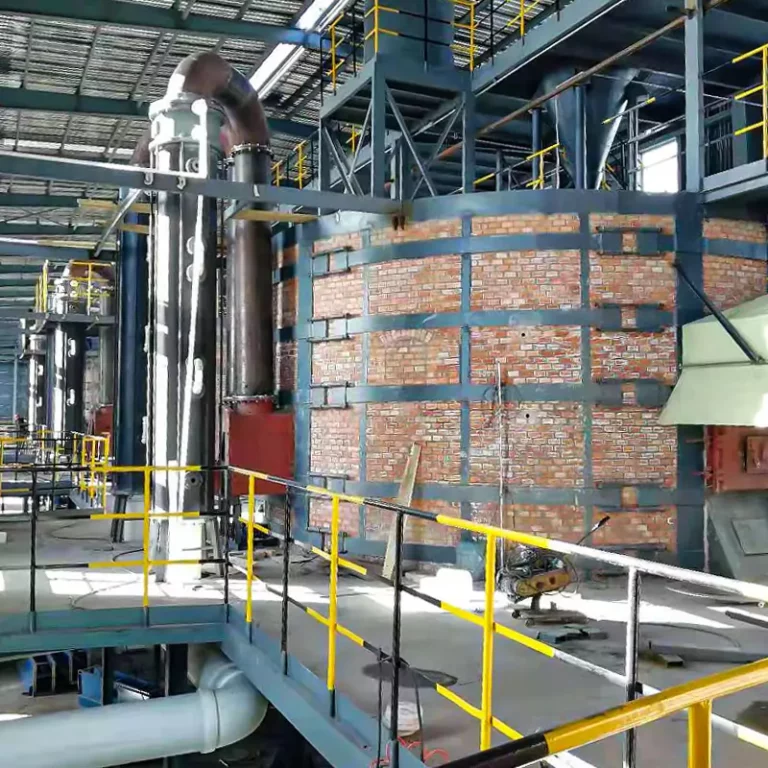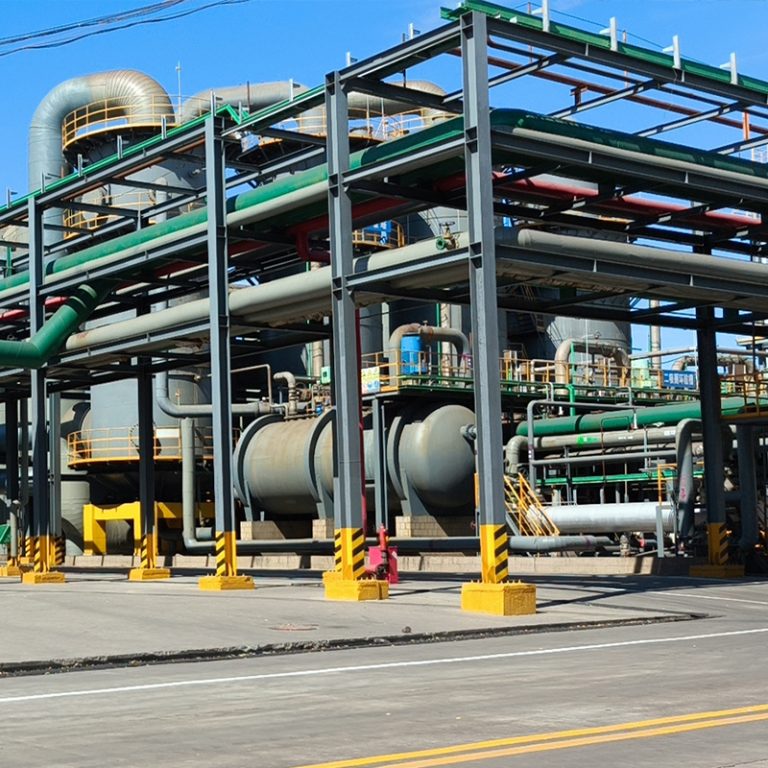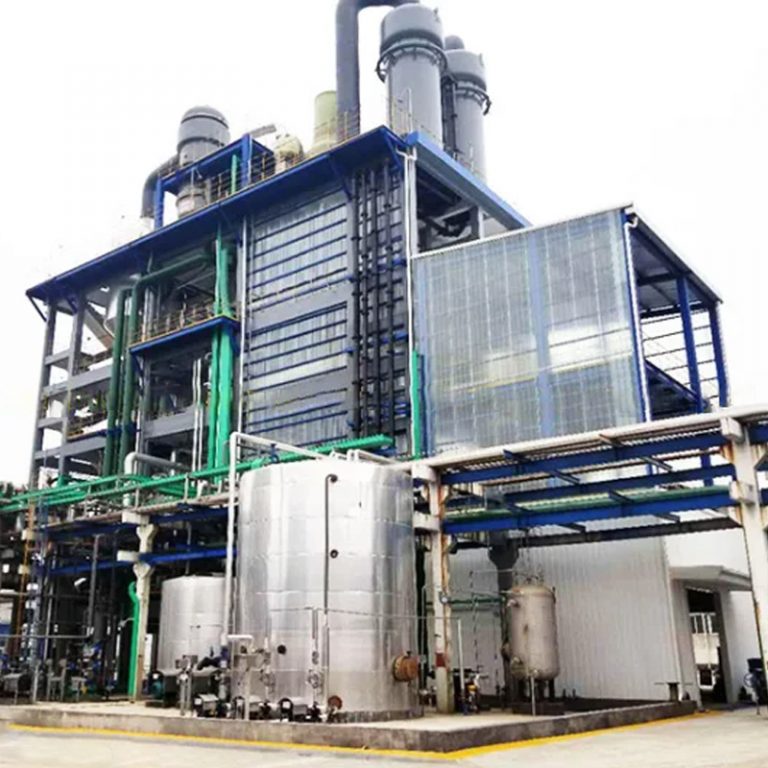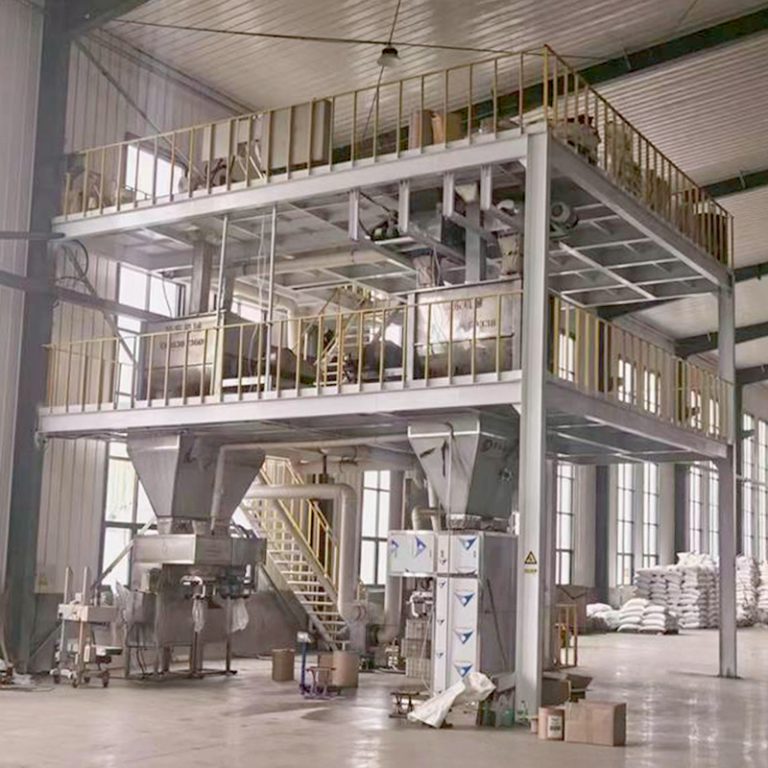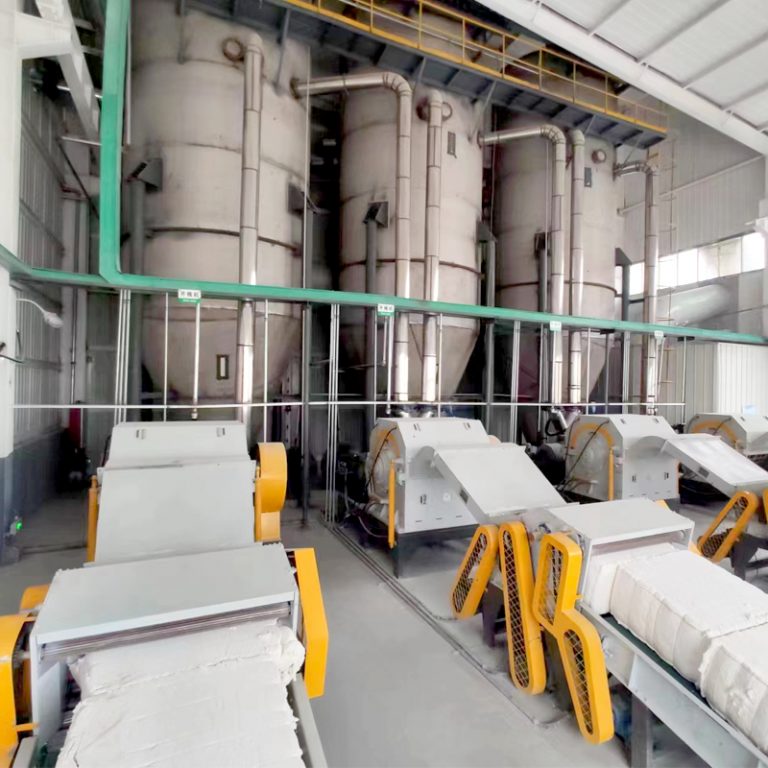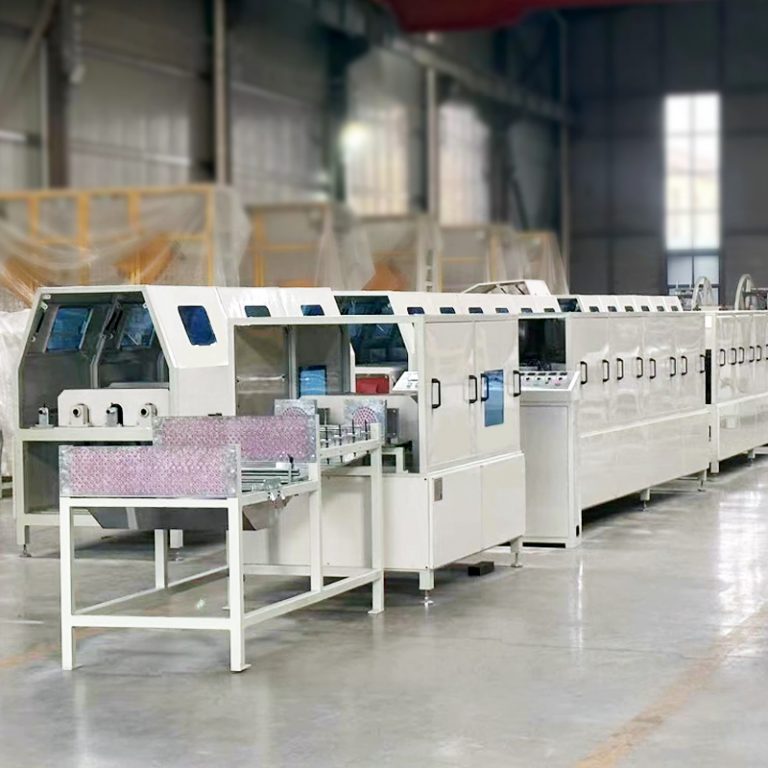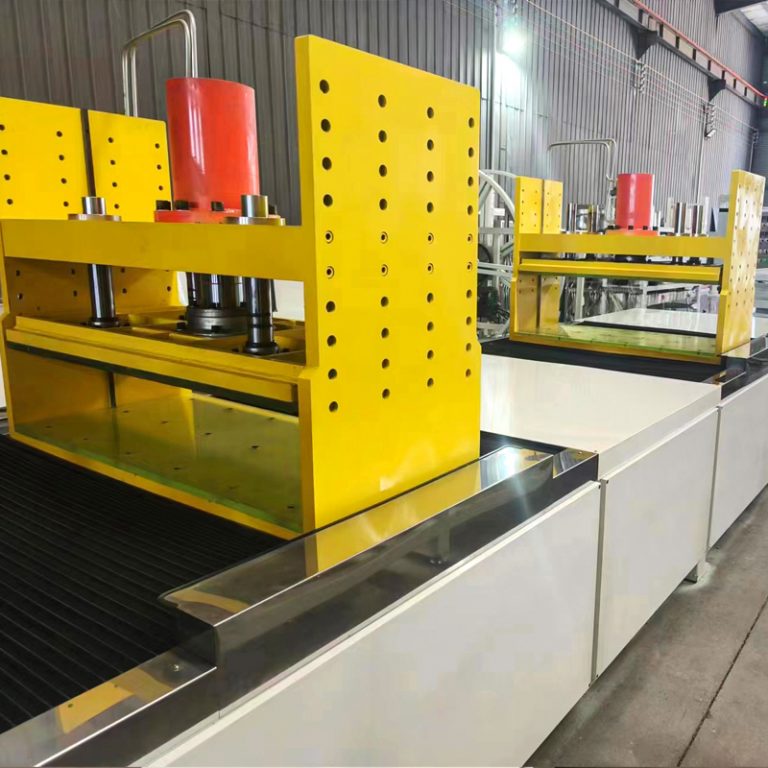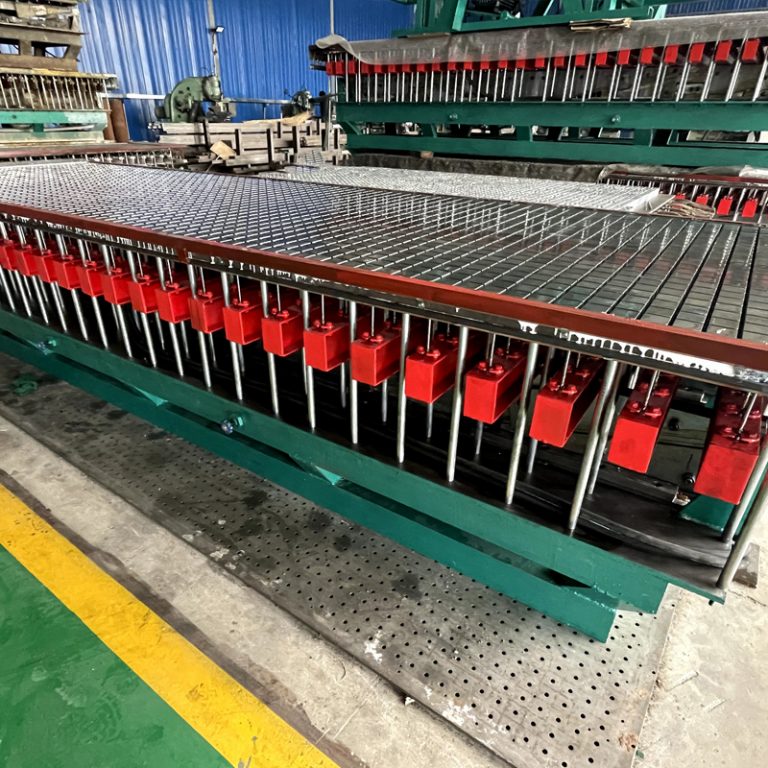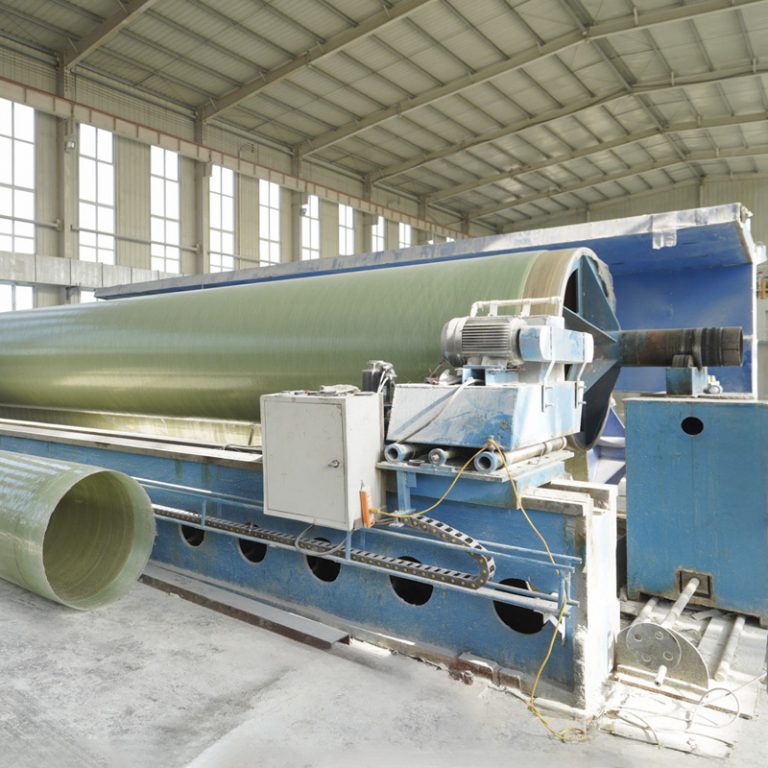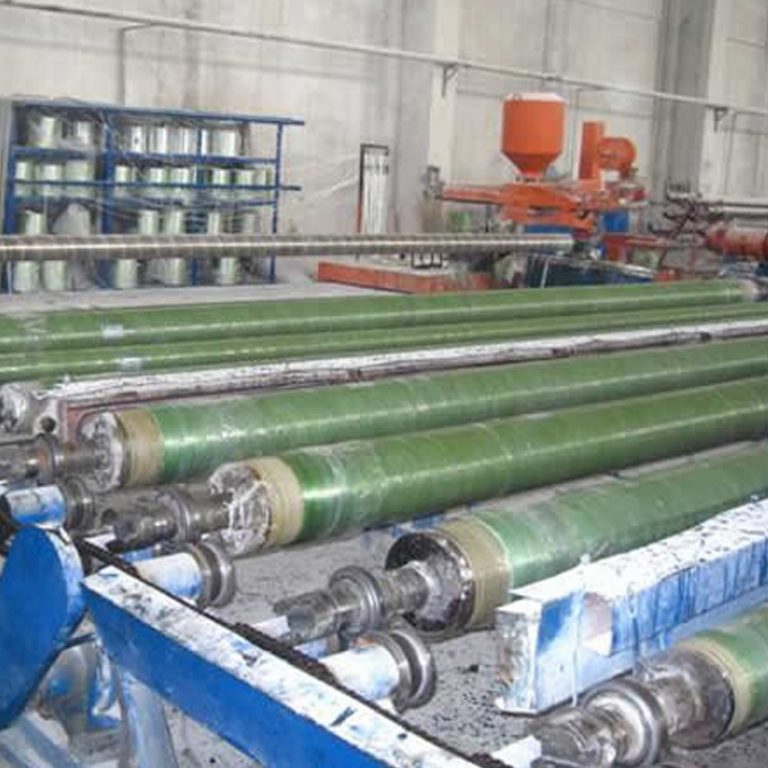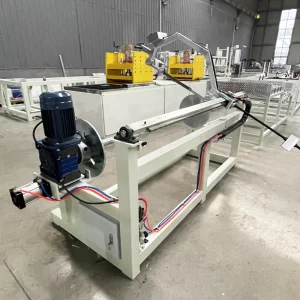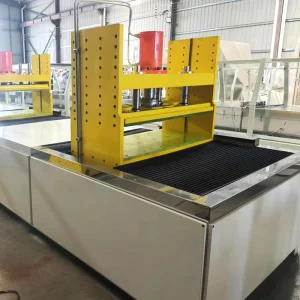The Role of Pultrusion Technology in Modern Construction
Advancements in Pultrusion Techniques
The advancements in pultrusion technology have greatly improved over time. Are now crucial in modern construction projects. This method involves making continuous fiberglass-reinforced plastic (FRP) that are highly durable and have an impressive strength-to-weight ratio. A hydraulic FRP pultrusion production line is managed by a PLC system with an LCD. Serves as a comprehensive production setup integrating hydraulic reciprocating traction and pneumatic fixed-length cutting. These developments guarantee that produced materials maintain high-quality standards and satisfy construction industry requirements effectively.
Benefits of Using Pultruded Materials in Construction
In construction projects and applications where durability and sustainability are important factors for materials used in platforms and structures like mezzanines or walkways fiberglass reinforced plastic (FRP, also known as Fiber reinforced plastic) provides several benefits compared to traditional choices, such as wood, steel, and aluminum. FRP, which is well known for its durability and resistance to corrosion and environmental deterioration over time is gaining popularity for its lasting qualities in different applications such as fixed ladder setups and handrails or grating systems due to its capacity to endure weather conditions and outlive conventional construction materials.
Key Applications of Pultruded Products
In industries including construction and beyond pultruded materials are commonly utilized for diverse applications. They play roles in supporting structures such as beams and columns as well as in specialized functions like securing solar panels and frames. Thanks to their molds these products can be molded into various shapes and sizes to meet different needs. They can be formed into wire troughs, cylindrical rods I beams, angled pieces, square tubes, round tubes, hollow panels well as structures for bridges and panel mounts.
Understanding FRP/GRP Pultrusion Machines
The Mechanism Behind Pultrusion Machines
The process of running pultrusion machines involves steps to ensure high-quality composite profiles are manufactured effectively. The pultrusion operation consists of stages:
- Continuous reinforcement using fiberglass. Filament or fabric rolls are used to provide strength to a profile throughout its structure development.
- Material spools are then used in performing guides to shape and mold pultrusion accordingly.
- Finally glass fibers are soaked with resin mixtures. Undergo heat treatment to solidify into their desired shapes.
Differences Between FRP and GRP Pultrusion Processes
FRP (fiberglass-reinforced plastics) and GRP (glass-reinforced plastics) undergoes procedures in pultrusion manufacturing processes with slight differences in how they are utilized due to their material compositions varying slightly from each other. In FRP pultrusion manufacturing prioritizing tensile strength could potentially improve bending strength and rigidity to enhance strength levels—a crucial factor that impacts aspects such as tensile strength and rigidity based on specific construction needs.
Innovations in Machine Design and Efficiency
Progress in machine engineering has enhanced effectiveness in pultrusion procedures. Modern equipment now integrates monitors to control pulling velocity and automated notifications for identifying system malfunctions. The hydraulic cylinder seals are procured from vendors and a quiet energy-saving variable pump is employed in the setup. These upgrades ensure machine operation with minimal disruptions while consistently producing high-quality results.
Advantages of FRP/GRP Pultrusion in Construction Materials
Durability and Strength of Pultruded Products
Products made through the pultrusion process provide an advantage with their exceptional durability and strength that makes them perfect for demanding environments where toughness is crucial. The appeal of profiles lies in their durability and ability to resist corrosion which leads to structures requiring minimal maintenance and ultimately reducing long-term expenses.
Cost-Effectiveness and Sustainability
The use of pultrusion technology presents an environmentally friendly option by minimizing waste in production and offering cost-effective solutions when compared to conventional building materials such, as steel or wood. This method is both efficient. Budget-friendly while also maintaining eco-friendliness and ensuring a reliable standard of high-quality composites. Opting for pultruded products enables builders to meet sustainability objectives without sacrificing quality or performance standards.
Versatility in Design and Application
FRP pultrusion offers designers a range of possibilities to craft detailed architectural elements and personalized solutions that cater precisely to individual project requirements. Adjustable winding angles can be tailored according to client preferences for outcomes. This adaptability ensures that a variety of choices are at hand to tackle any design challenges that may arise during construction endeavors due to the use of these cutting-edge materials.
Aoliande’s Contribution to the Pultrusion Industry
Overview of Aoliande’s Product Offerings
Aoliande has made progress in enhancing products for pultrusion applications that meet construction needs through creative solutions.
Range of FRP/GRP Pultrusion Machines
At Aoliande, you’ll discover a range of FRP pultrusion machines designed to cater to production requirements. These machines are well known for their advanced features such, as precise temperature control using high-quality equipment and digital displays for monitoring speed regulation. The hydraulic FRP pultrusion production line is controlled by a PLC and includes an LCD screen It operates as a comprehensive manufacturing system that integrates hydraulic reciprocating pulling and pneumatic fixed length cutting. These features ensure seamless operation and superior outcomes.
Other Innovative Products by Aoliande
FRP/GRP Rebar Machine from Aoliande is an advanced product for the production of FRP rebar of various specifications. The machine automates the entire production process, including yarn separation, dipping, preforming, winding, heating and curing, pulling, cutting at fixed lengths, and collecting and stacking. With its advanced technology and efficient production capacity,Aoliande’s FRP/GRP Rebar Machine is a reliable and high-quality solution for the production of FRP rebar.
If you need information about our products or services feel free to contact us on Whats App at +86 13363884492 or via email at belen@aldfrp.com.
FAQ
Q1: What makes pultrusion different from other FRP manufacturing methods?
A: FRP pultrusion is notable for its ability to create cross-sectional shapes consistently during production processes. This enables seamless production of long pieces without interruptions or seams and enhances structural strength significantly in outcomes.
Q2: Can pultruded FRP/GRP replace steel in structural applications?
A: Indeed they have the potential to replace steel in applications due to their impressive strength-to-weight ratio and resistance to corrosion. These qualities make them a popular choice for environments where traditional materials may degrade over time.
Q3: What industries benefit most from pultruded materials?
A: Construction and marine engineering industries are finding benefits in using pultruded materials because they can endure harsh conditions effectively while also being lightweight and not imposing heavy loads on structures.
Q4: How do pultrusion machines ensure consistent product quality?
A: Machinery involved in pultrusion is essential for upholding product quality by employing control systems such as PLC to monitor crucial factors like temperature regulation throughout the resin curing process to guarantee uniformity in manufactured profiles.
Q5: Are pultruded materials cost-effective for large-scale projects?
A: Certainly! Pultruded materials can bring about savings in costs that are especially beneficial for large-scale projects due to their minimal maintenance requirements in contrast to conventional choices. This results in reduced expenses in the run while still delivering the essential high-performance attributes necessary for contemporary construction ventures nowadays.








